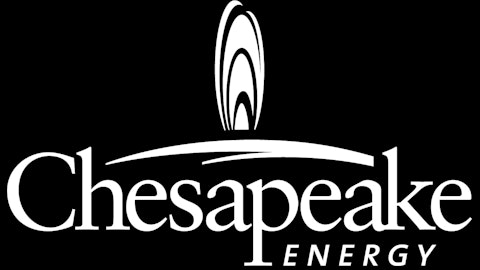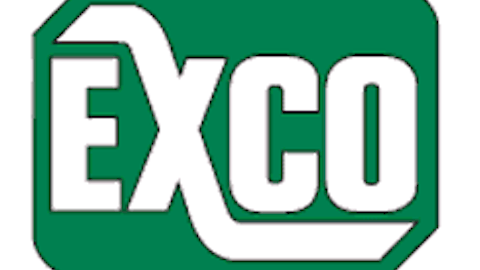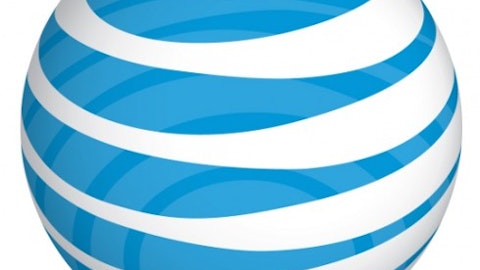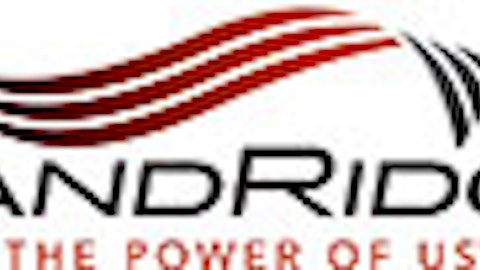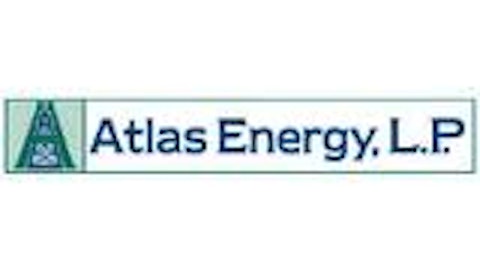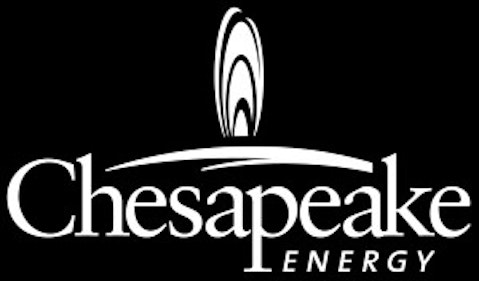
Some background
The mere sale of assets by Chesapeake Energy Corporation (NYSE:CHK) is no indication of any imminent problem. The company has been divesting assets aggressively in the last year. Since Carl Icahn, the activist investor, has bought a 7.56% stake in the company (which he later upped to 8.9%), he has been imploring various strategies to reduce spending and cut debt. He believes, and rightfully so, that the company’s massive level of debt has a strong negative impact on its equity value. At the end of 2012, for example, the company had a cash shortfall of about $10 billion. This has caused shares to remain depressed. As of the most recent quarterly report, Chesapeake Energy Corporation (NYSE:CHK) has a total of $24.5 billion of total liabilities, of which $13.5 billion is classified as long-term debt and $5.8 billion is short-term debt. For comparison, the company’s total market cap is only $13.8 billion, roughly a half of its total liabilities. This is why a debt reduction plan, like the one outlined by Icahn, is definitely in place.
Other troubled rivals
The danger of accumulating debt in boatloads isn’t unique to Chesapeake; debt has been troubling a few of its peers in the gas and oil industry. All of these companies possess massive debt and similarly massive assets. When pushed against the wall to meet pending bond payouts, such companies are likely to dispose of otherwise lucrative assets. This will hinder the profitability of these companies and will have a direct impact on shareholders.
You can try to spot the next troubled candidate by carefully reviewing balance sheets. Take SandRidge Energy Inc. (NYSE:SD), for example. This energy company has equity valued at $2.9 billion with total debt almost twice that amount. With assets worth almost $10 billion, SandRidge’s shareholders face a possible liquidation that will hurt the company’s share price.
Chesapeake Energy Corporation (NYSE:CHK), despite its heavy debts, has an edge over its rivals. It’s regarded as a highly efficient gas operator. The industry’s average cost to find and develop a gas well stands at roughly $3 per mcf. Chesapeake spends only $2.20 per mcf, while SandRidge pas roughly $3.30 per mcf.
In contrast to the trio, EXCO Resources Inc (NYSE:XCO), the company that just acquired the Eagle Ford assets from Chesapeake Energy Corporation (NYSE:CHK), is in a different financial situation. It has $1.8 in total equity value and $1.3 billion of net debt, of which only $192 million is classified as current liabilities. This allows the company to be much more flexible with its financials than the other three.
Valuation
Cash flow is the most important gauge in valuation of gas and oil companies because maintaining low overhead expenses is absolutely crucial. EXCO Resources Inc (NYSE:XCO) brought in $514 million of cash from operations in 2012. That’s up from $428 million and $340 million in 2011 and 2010, respectively. This commands a price-to-cash multiple of 3.6 times. That’s very cheap, but it also represents fear in the market that EXCO will outspend itself. With a negative operating margin of 6%, these fears might actually be justified. In contrast to EXCO, SandRidge Energy Inc. (NYSE:SD) has brought in only $120 million in cash flow, down from $198 million only a year ago. This commands a high price-to-cash multiple of 20 times. In SandRidge’s case, the bottom line is very important. While its operating margin is 30%, its bottom-line net profit margin is a negative 4%.
A recent vote of confidence
The Fool looks ahead
I believe that Chesapeake Energy Corporation (NYSE:CHK) has been making good progress in the right direction. With the disposal of assets in return for immediate cash, Chesapeake is currently paving its way out of what seemed like potential insolvency. Once everything is clear and the dust settles, the company’s depressed equity could receive a great boost from these moves. Invest accordingly.
The article Pay Close Attention to Chesapeake Energy originally appeared on Fool.com and is written by Shmulik Karpf.
Shmulik Karpf has no position in any stocks mentioned. The Motley Fool has the following options: Long Jan 2014 $20 Calls on Chesapeake Energy, Long Jan 2014 $30 Calls on Chesapeake Energy, and Short Jan 2014 $15 Puts on Chesapeake Energy. Shmulik is a member of The Motley Fool Blog Network — entries represent the personal opinion of the blogger and are not formally edited.
Copyright © 1995 – 2013 The Motley Fool, LLC. All rights reserved. The Motley Fool has a disclosure policy.
